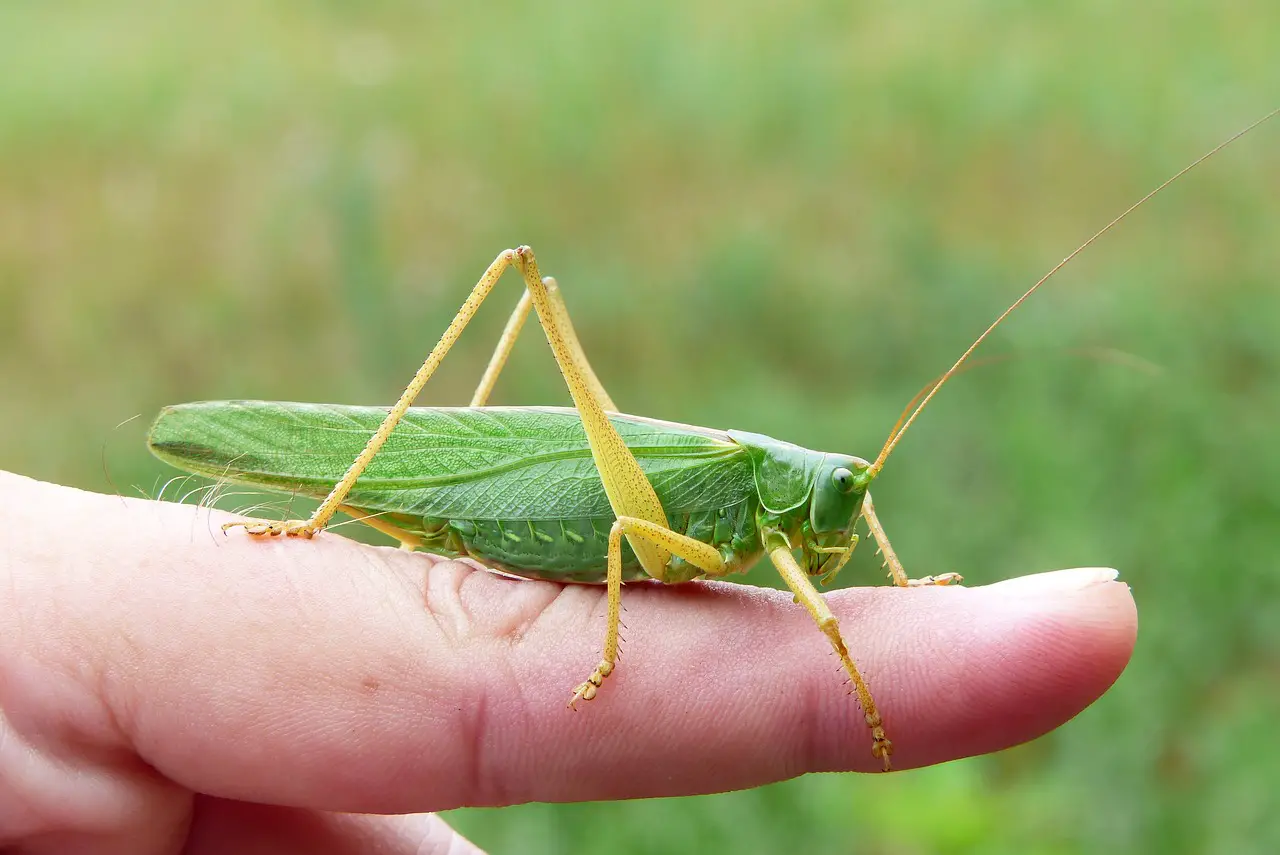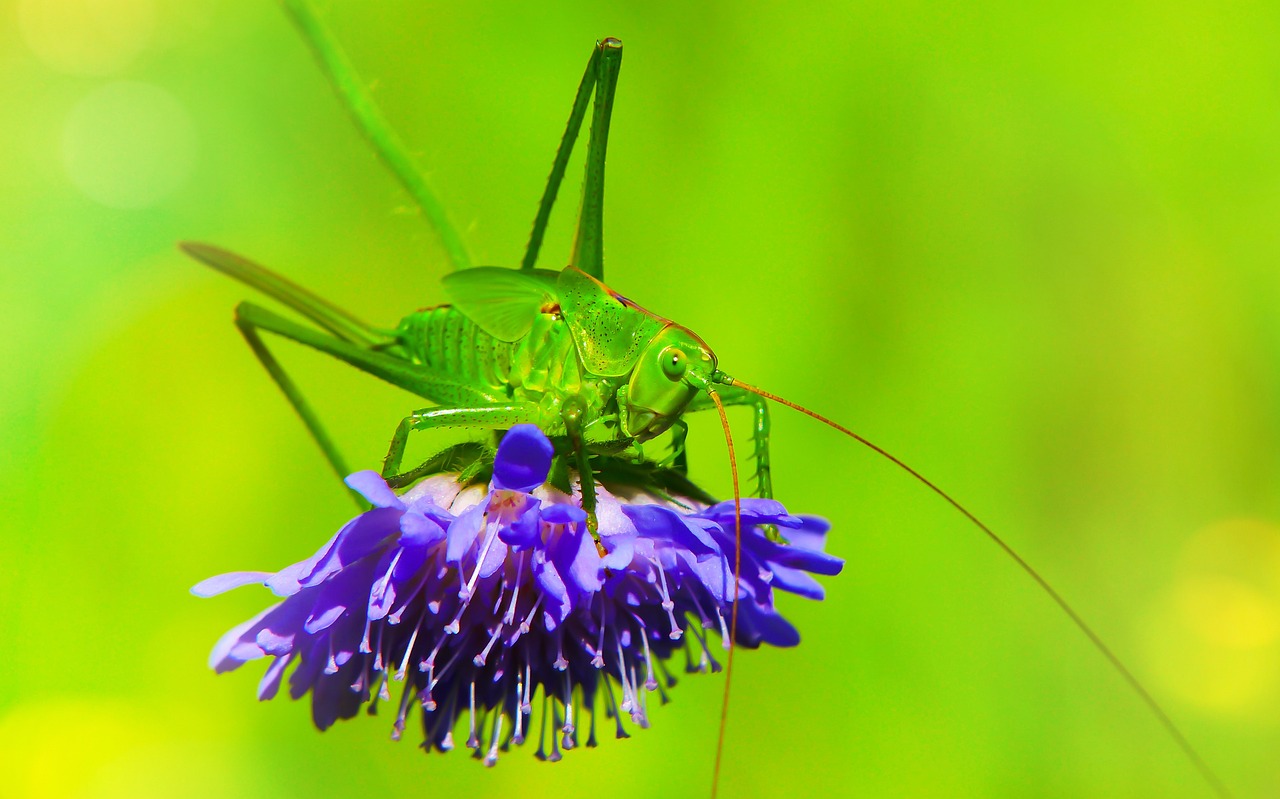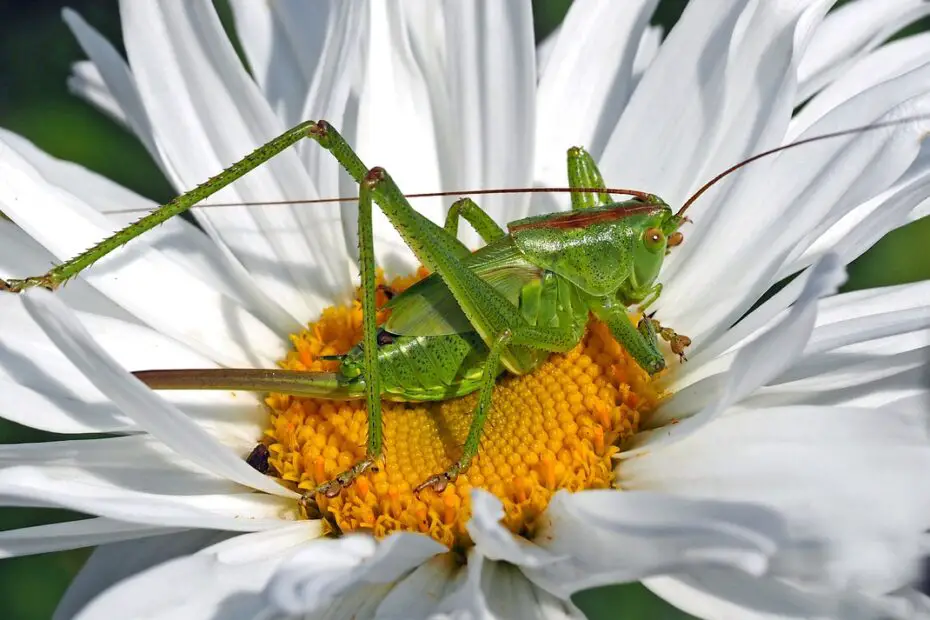What Do Grasshoppers Eat? Grasshoppers are fascinating creatures that belong to the insect order Orthoptera. With their distinctive appearance and unique behaviors, they capture the curiosity of many. In this article, we will explore the dietary preferences of grasshoppers, shedding light on what these insects consume to fuel their survival and growth.
You may also want to know the difference between a locust and a grasshopper.
1. Introduction
Grasshoppers are herbivorous insects that play important roles in various ecosystems. They are found in diverse habitats around the world, from grasslands to forests. Understanding their diet is essential in comprehending their ecological significance and interactions with plants.
2. Grasshopper Diet
2.1 Herbivorous Nature
Grasshoppers are primarily herbivores, meaning their diet consists mainly of plant material. They have evolved to efficiently extract nutrients from vegetation and have specific adaptations that aid in their feeding processes.

2.2 Plant Matter Consumption
The majority of grasshoppers rely on consuming a wide variety of plant matter to meet their nutritional needs. They feed on leaves, stems, flowers, and even seeds, depending on their species and availability of food sources.
2.3 Omnivorous Grasshoppers
While the majority of grasshoppers are herbivorous, some species exhibit omnivorous tendencies. These omnivorous grasshoppers may occasionally consume small insects or decaying organic matter to supplement their diet, particularly when plant resources are scarce.
3. Types of Plants Consumed
3.1 Grass and Leaves
Grasshoppers derive their name from their affinity for consuming various types of grasses. They feed on blades of grass, nibbling away at the leaves with their specialized mouthparts. Additionally, they may also consume leaves from other plants such as shrubs and trees, broadening their food options.
3.2 Crops and Agricultural Plants
Grasshoppers can be a significant concern for farmers, as they are known to feed on various crops and agricultural plants. Crops such as corn, wheat, barley, and soybeans are susceptible to grasshopper damage, leading to potential economic losses.
3.3 Flowers and Seeds
Certain grasshopper species are fond of feeding on flowers and seeds. They play a role in pollination by inadvertently transferring pollen as they move from one flower to another. This interaction highlights the intricate relationships between grasshoppers and flowering plants.
4. Unique Feeding Adaptations

4.1 Specialized Mouthparts
Grasshoppers possess mouthparts that are well-suited for their herbivorous diet. Their mandibles and maxillae allow them to chew and consume plant material efficiently. Some species also have long, flexible labrum and labium structures that aid in grasping and manipulating food.
4.2 Digestive System
Grasshoppers have a unique digestive system that enables them to extract nutrients from tough plant fibers. Their digestive tract is designed to break down cellulose, a complex carbohydrate found in plants, with the help of symbiotic microorganisms residing in their hindgut.
4.3 Feeding Behaviors
Grasshoppers exhibit various feeding behaviors depending on the circumstances. They may feed individually or gather in groups, known as swarms or bands, to consume vegetation more rapidly. These feeding behaviors can have significant impacts on local plant populations and ecosystems.
5. Conclusion
What Do Grasshoppers Eat? Grasshoppers, as herbivorous insects, play vital roles in the balance of ecosystems. Their diet consists predominantly of plant matter, including grasses, leaves, flowers, and seeds. While they are generally herbivorous, certain species exhibit omnivorous tendencies. Understanding their feeding habits and adaptations enhances our appreciation for their ecological importance.
Frequently Asked Questions (FAQs)
1. Do grasshoppers only eat grass? No, grasshoppers consume various types of plant matter, including grass, leaves, flowers, and seeds. They are not limited to grass as their sole food source.
2. Can grasshoppers damage crops? Yes, grasshoppers can pose a threat to agricultural crops. They may feed on crops such as corn, wheat, barley, and soybeans, potentially leading to economic losses for farmers.
3. Do grasshoppers eat insects? While most grasshoppers are herbivorous, some species exhibit omnivorous tendencies and may consume small insects or decaying organic matter occasionally.
4. Are grasshoppers important for ecosystems? Yes, grasshoppers play important ecological roles as herbivores. They help control plant populations, contribute to nutrient cycling, and serve as a food source for various predators in the ecosystem.
5. Do grasshoppers contribute to pollination? Certain grasshopper species inadvertently contribute to pollination as they feed on flowers. They transfer pollen between flowers, aiding in the reproductive processes of flowering plants.
